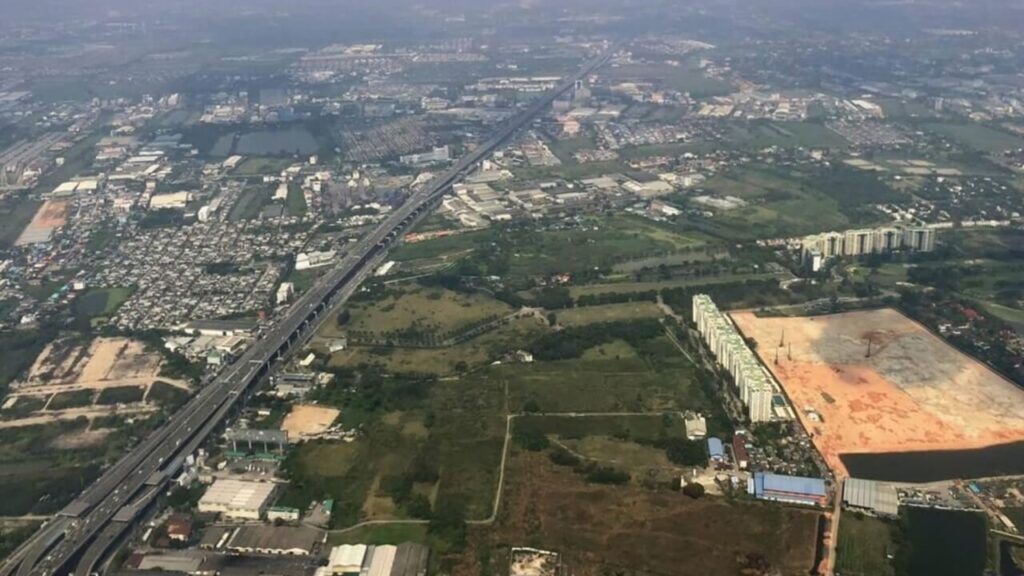
What are the Major Issues Effecting Andhra Pradesh?
Here are some of the major issues currently affecting Andhra Pradesh:
1. Water Disputes:
The sharing of river water between Andhra Pradesh and Telangana remains a contentious issue. The Krishna and Godavari rivers are crucial for both states, and disputes over water allocation persist.
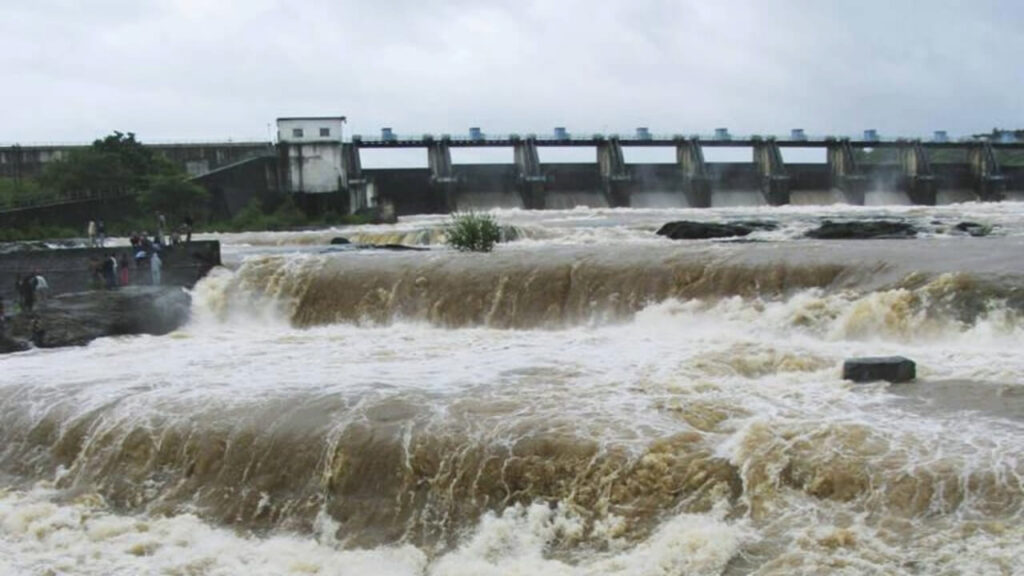
The Krishna river water dispute between Andhra Pradesh (A.P.) and Telangana has been a longstanding and contentious issue. Let’s delve into the background and key points related to this ongoing conflict:
- Origin of the Dispute:
- The dispute traces back to the formation of Andhra Pradesh in November 1956.
- Before the state’s formation, leaders from different regions of Andhra (including Rayalaseema and Telangana) signed a Gentlemen’s Agreement in February 1956.
- One provision of this agreement was to protect Telangana’s interests regarding water utilization, emphasizing equitable distribution based on global treaties.
- However, the focus on irrigation facilities favored Andhra, which had existing systems developed by the British at the expense of drought-prone areas in Telangana.
- Bachawat Tribunal (KWDT-I):
- In 1969, the Bachawat Tribunal was established to settle water-sharing disputes among the riparian states of Maharashtra, Karnataka, and Andhra Pradesh (before bifurcation).
- The Tribunal allocated 811 tmcft (thousand million cubic feet) of dependable water to Andhra Pradesh.
- Andhra Pradesh subsequently divided this allocation in a 512:299 tmcft ratio between Andhra (including parts of Rayalaseema within the Krishna Basin) and Telangana.
- The Tribunal also recommended diverting water from the Tungabhadra Dam (part of the Krishna Basin) to the drought-prone Mahabubnagar area in Telangana. Unfortunately, this recommendation was not implemented, leading to discontent.
- Bifurcation and Water Sharing:
- The Andhra Pradesh Reorganisation Act, 2014, did not specify water shares since the KWDT-I Award was still in force and hadn’t made region-wise allocations.
- In 2015, both states agreed to an ad hoc arrangement for water sharing, with a 34:66 (Telangana:A.P.) ratio.
- However, this arrangement was subject to annual review.
- Current Scenario:
- The dispute persists, with Telangana now demanding a 50:50 share of Krishna river water.
- Both states continue to clash over various projects along the river.
2. Special Category Status:
The demand for Special Category Status (SCS) has been a long-standing issue. Andhra Pradesh was promised SCS during the bifurcation in 2014, but it has not been granted yet. SCS would provide additional financial assistance and development benefits to the state.
The demand for Special Category Status (SCS) in Andhra Pradesh has indeed been a persistent issue. During the state’s bifurcation in 2014, promises were made regarding SCS, but its actual implementation remains pending. Let’s delve into the significance of SCS and its potential impact:
- What is Special Category Status (SCS)?
- SCS is a classification granted by the Government of India to certain states based on specific criteria.
- States with SCS receive additional financial assistance and development benefits to address their unique challenges.
- Criteria for SCS:
- Historically, states like Assam, Nagaland, and Himachal Pradesh have enjoyed SCS.
- The criteria include factors such as hilly and difficult terrain, low population density, strategic location, and economic backwardness.
- Promises Made During Bifurcation:
- When Andhra Pradesh was bifurcated into two separate states (Andhra Pradesh and Telangana), assurances were given regarding SCS.
- The promise aimed to compensate for the loss of revenue-generating regions (such as Hyderabad) and to support the newly formed Andhra Pradesh.
- Benefits of SCS:
- Financial Assistance: States with SCS receive additional funds from the central government.
- Tax Incentives: SCS states enjoy tax breaks to attract investment.
- Priority Funding: Projects related to infrastructure, education, and healthcare receive priority funding.
- Industrial Subsidies: Encouragement for industrial growth.
- Challenges and Controversies:
- Despite the promise, Andhra Pradesh has not been granted SCS.
- Political Debates: The issue has become a political battleground, with parties advocating for or against SCS.
- Economic Development: The lack of SCS affects the state’s development and hampers efforts to bridge regional disparities.
- Way Forward:
- Advocacy: Continued advocacy by political leaders and civil society is essential.
- Legal Avenues: Exploring legal options to enforce the promise.
- Balancing Regional Interests: Ensuring that SCS benefits reach the intended beneficiaries without adversely affecting other regions.
The demand for SCS in Andhra Pradesh remains unresolved, and its fulfillment would significantly impact the state’s progress and well-being.
3. Capital City Controversy:
The decision to shift the state capital from Hyderabad to Amaravati led to significant controversy. Amaravati was planned as a greenfield capital, but subsequent governments have reconsidered this decision, leading to uncertainty and protests.
The relocation of the state capital from Hyderabad to Amaravati indeed sparked considerable controversy and debate. Let’s delve into the key aspects of this decision and its subsequent impact:
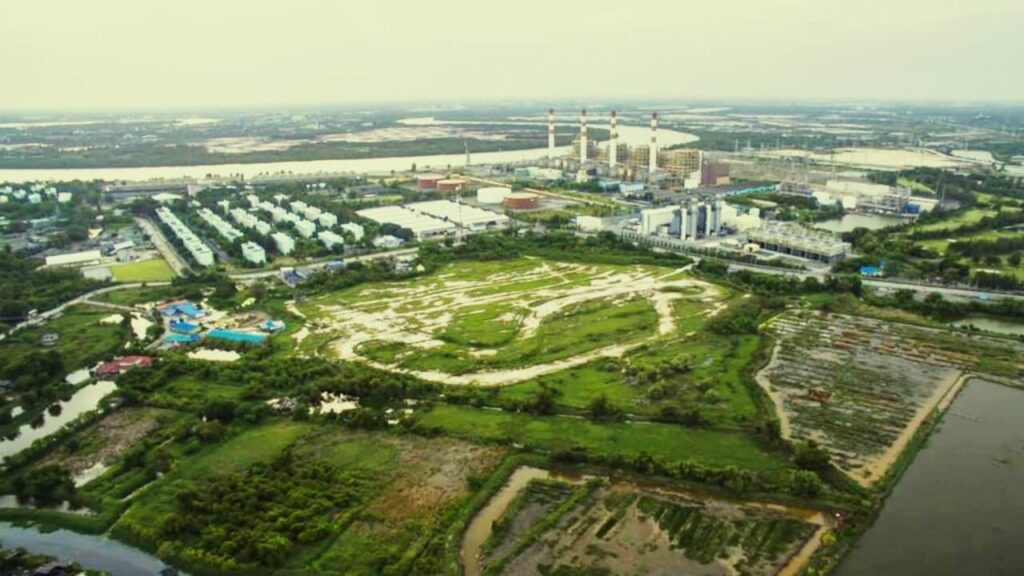
- Background:
- Andhra Pradesh, after bifurcation in 2014, faced the challenge of establishing a new capital.
- Hyderabad, which was the joint capital of both Andhra Pradesh and Telangana, remained with Telangana after the division.
- The Andhra Pradesh government decided to create a greenfield capital in the region around Amaravati, aiming for a modern, planned city.
- Amaravati as a Greenfield Capital:
- Vision: Amaravati was envisioned as a smart city with sustainable infrastructure, green spaces, and efficient urban planning.
- Strategic Location: The site was strategically chosen due to its proximity to the Krishna River and its historical significance (Amaravati was an ancient Buddhist center).
- Controversies and Challenges:
- Land Acquisition: Acquiring land for the capital city led to disputes, protests, and allegations of insider trading.
- Financial Burden: Developing a new capital from scratch required substantial funds.
- Political Shifts: Subsequent governments reconsidered the project, leading to uncertainty.
- Economic Viability: Questions arose about the economic sustainability of a greenfield capital.
- Current Status:
- The project faced delays, and subsequent governments expressed reservations.
- Jagan Mohan Reddy, the current Chief Minister, announced a review of the Amaravati project.
- The government explored alternatives, including Visakhapatnam as a potential executive capital.
- Implications:
- Investor Confidence: Uncertainty impacted investor confidence in the region.
- Public Sentiment: Protests by farmers and locals highlighted the emotional attachment to land and livelihoods.
- Administrative Challenges: Shifting the capital affects administrative structures and government offices.
- Way Forward:
- Balancing development aspirations with fiscal prudence is crucial.
- Ensuring transparency, public participation, and sustainable planning.
- The final decision should consider economic viability, social impact, and long-term vision.
The decision to shift the capital from Hyderabad to Amaravati remains a complex issue, with implications for governance, economy, and public sentiment.
4. Infrastructure Development:
While Amaravati was envisioned as a modern capital, progress on infrastructure development has been slow. Issues related to land acquisition, funding, and execution have hindered the city’s growth.
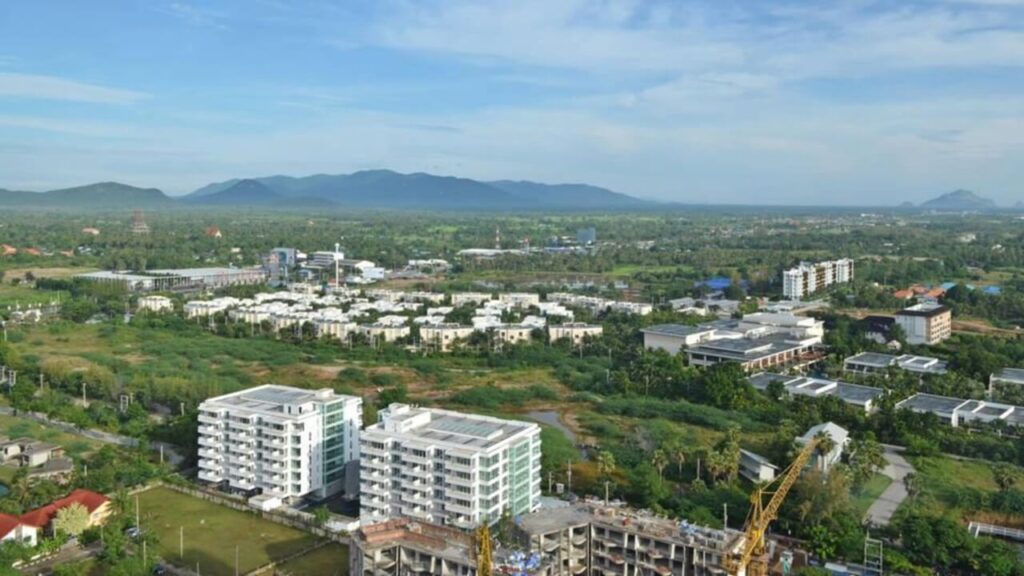
Indeed, Amaravati, the ambitious greenfield capital of Andhra Pradesh, has faced its share of challenges and setbacks. Let’s delve into the factors that have contributed to the slow progress and hindered the city’s growth:
- Land Acquisition Disputes:
- Land acquisition for a project of this scale is always complex.
- In the case of Amaravati, disputes arose over land ownership, compensation, and the displacement of local communities.
- Legal battles and protests slowed down the process, affecting the pace of development.
- Financial Constraints:
- Developing a new capital from scratch requires substantial financial resources.
- The state government faced challenges in mobilizing funds for infrastructure projects.
- Balancing development priorities with fiscal prudence became a delicate task.
- Political Shifts and Uncertainty:
- Changing governments brought shifts in priorities and approaches.
- Each administration evaluated the Amaravati project differently.
- This uncertainty impacted investor confidence and project execution.
- Infrastructure Delays:
- Urban planning, construction of roads, utilities, and civic amenities take time.
- Delays in executing these critical components affected the overall progress.
- Amaravati’s transformation into a modern city requires patience and persistence.
- Public Sentiment and Emotional Attachments:
- The land earmarked for Amaravati held emotional significance for local communities.
- Farmers and residents had deep-rooted connections to their ancestral lands.
- Balancing development goals with empathy for affected individuals became a challenge.
- Alternatives Considered:
- The current government explored alternatives, including Visakhapatnam as an executive capital.
- This shift further complicated the development trajectory of Amaravati.
- Sustainable Planning and Inclusivity:
- Moving forward, sustainable urban planning, community engagement, and transparent decision-making are crucial.
- Inclusivity ensures that the benefits of development reach all sections of society.
While Amaravati’s progress has been slow, addressing these challenges and maintaining a long-term vision will determine its success as a modern capital.
5. Unemployment and Economic Challenges:
Like many other states, Andhra Pradesh faces unemployment challenges. The need for job creation and economic diversification remains critical.
6. Agricultural Distress:
The state’s agrarian economy is vulnerable to droughts, floods, and crop failures. Ensuring sustainable agricultural practices and providing support to farmers are ongoing concerns.
7. Education and Healthcare:
Improving the quality of education and healthcare services is essential. Access to quality schools, colleges, and medical facilities remains uneven across different regions of the state.
8. Industrial Growth and Investments:
Attracting investments and promoting industrial growth are vital for economic development. The state government aims to create a conducive environment for industries, but challenges persist.
9. Social Welfare and Inclusive Development:
Addressing social inequalities, ensuring social justice, and uplifting marginalized communities are critical goals. The state must work toward inclusive development.
10. Environmental Conservation:
Balancing development with environmental conservation is crucial. Protecting natural resources, forests, and wildlife while promoting sustainable growth is a challenge.
These issues require concerted efforts from policymakers, citizens, and various stakeholders to ensure the overall well-being and progress of Andhra Pradesh. 🌟🌐

























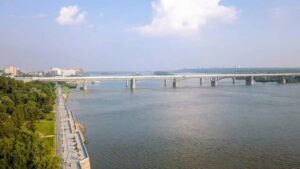

8k7dzh
Hi, I think your site might be having browser compatibility issues. When I look at your website in Safari, it looks fine but when opening in Internet Explorer, it has some overlapping. I just wanted to give you a quick heads up! Other then that, fantastic blog!
Hi! This post couldn’t be written any better! Reading through this post reminds me of my previous room mate! He always kept talking about this. I will forward this page to him. Fairly certain he will have a good read. Thank you for sharing!
What i don’t understood is in truth how you’re no longer actually a lot more well-favored than you may be right now. You’re so intelligent. You realize thus considerably when it comes to this subject, produced me in my view consider it from numerous various angles. Its like women and men aren’t involved unless it is one thing to do with Lady gaga! Your own stuffs outstanding. All the time care for it up!